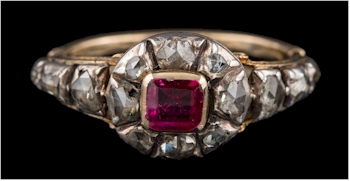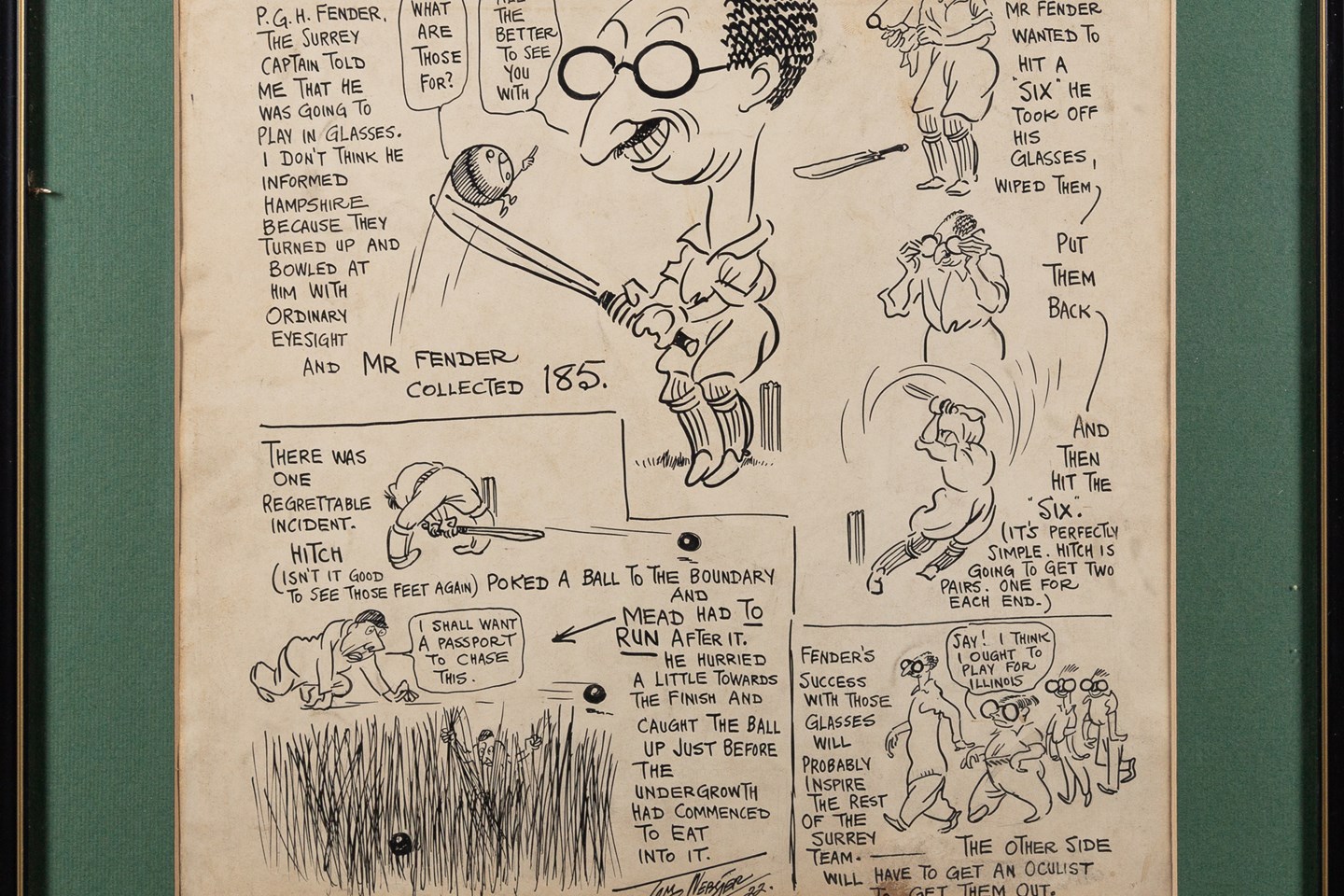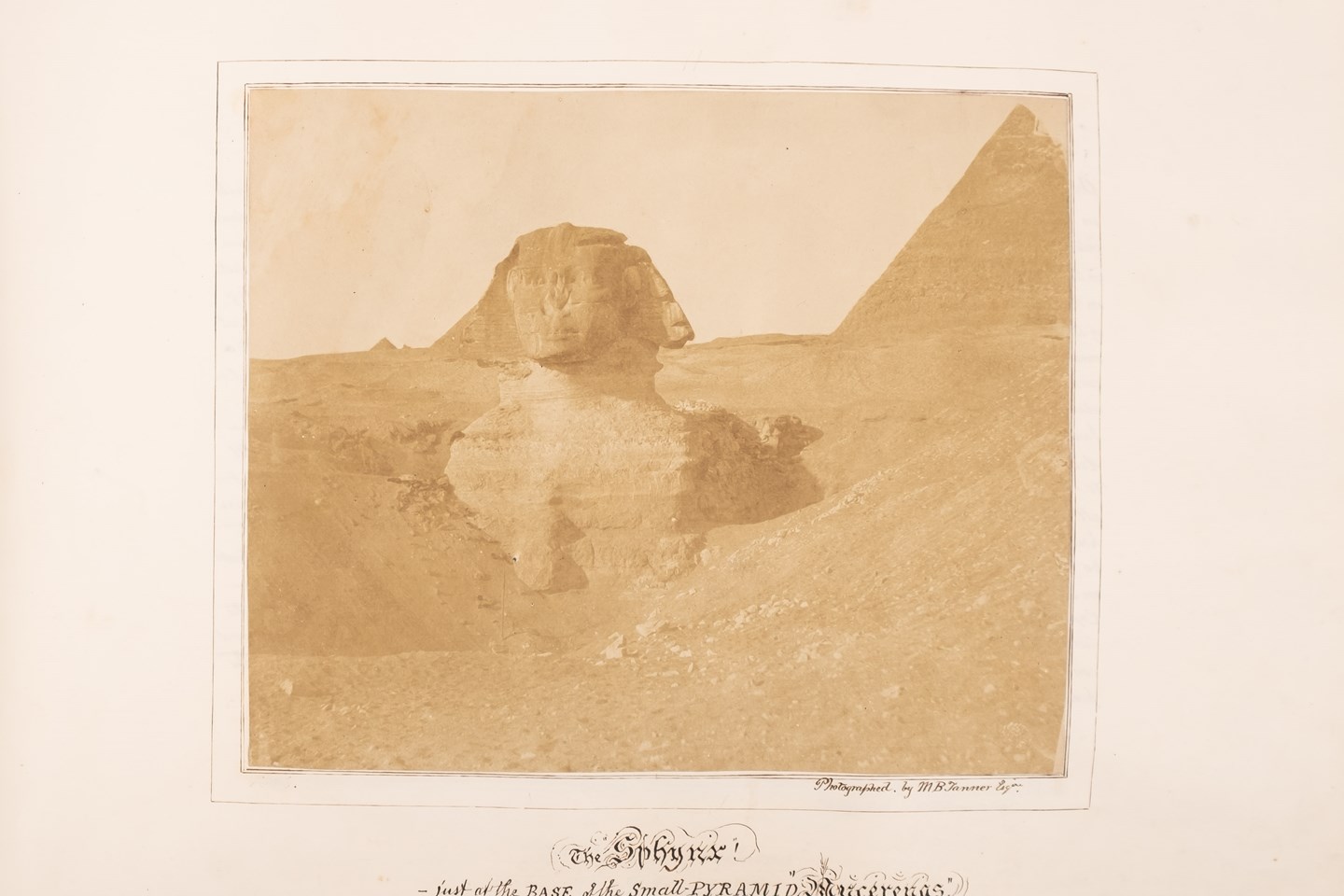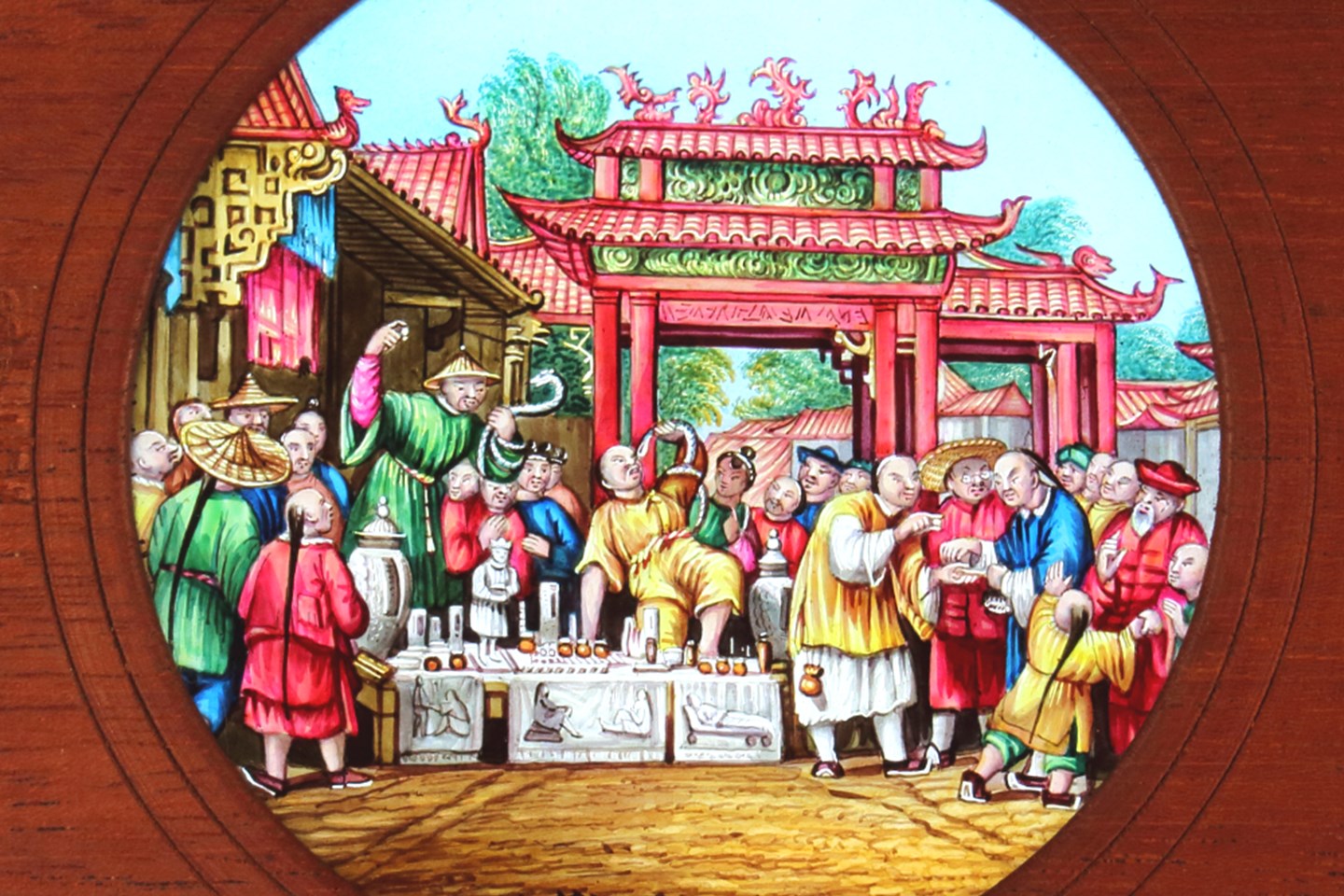
A Georgian ring.
Georgian jewellery is beautifully distinctive and particularly sought after at auction today. The Georgian era is a period in British history from 1714 to 1830-37 and named after the Hanoverian Kings George I, II, III and IV. The definition of the Georgian era is often extended to include the short reign of William IV (1830-37). If you are looking to purchase authentic Georgian jewellery at auction, the following will help to confirm what to look out for.
Assaying was enforced during the 1900s, therefore authentic Georgian jewellery will not display any assay marks. Maker's marks are also absent from Georgian period jewellery. Jewellers within this period handcrafted all their jewellery and common metal works included 'repousse' and 'cannetille'.
Repousse involved hammering metal into intricate designs. Cannetille is a technique used mostly in the early 19th century and resembled embroidery-inspired filigree, which gave a delicate and detailed look.
Georgian jewellery mounted with gemstones, such as rings, often displayed closed back settings, which included coloured, foil backings from underneath the stone to enhance their colour and scintillation. Gemstone cutting styles that should also be noted are rose-cut (domed faceted top), cabochon-cut (rounded top and flat bottom) and briolette-cut (faceted teardrop shape).
Memorial or 'hair' jewellery was created in the Georgian period to commemorate departed loved ones and became very popular during the Georgian period. Ribbons and/or bows would also be included.
Riviere necklaces were beautiful and fashionable creations composed of individually-set gemstones (usually graduated) and most often within a 'cut-down-collet' setting. These statement pieces remain popular today.
A fun and quirky creation within the Georgian period included 'En Tremblant' settings. These designs attached jewellery parts to a trembler to create movement and were often found on brooches.
Parure jewellery was very 'en vogue' in the Georgian period. Suites of matching jewellery included convertible pieces. Brooches could be converted to pendants for example, necklaces could separate into bracelets. Many parure jewellery suites were unfortunately separated over the years. An intact suite is rare.
- Bearnes Hampton & Littlewood
- Jewellery
Georgian Jewellery was written on Friday, 13th December 2019.





